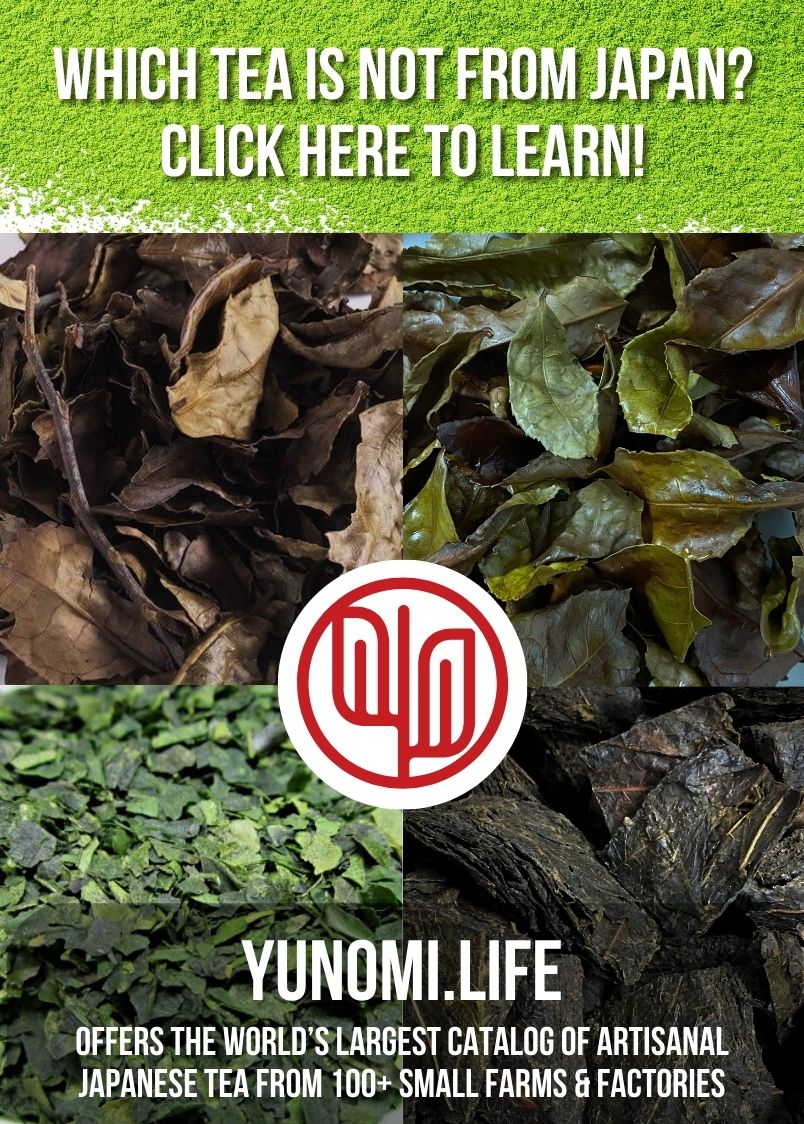Tea Catechins
Mistaken as tannins previously, tea catechins are a group of phytochemicals existing naturally in the leaves of the tea plant, Camellia sinensis. They are vital in the health contributive nature of tea.
The most studied of the tea catechins is one that is named epigallocatechin 3-galate, better known as EGCG ( or EGCG3 ). It has huge roles in various activities in the body when fighting against ageing, inflammation, circulatory diseases, cancer, etc. It is present in most abundance in the younger leaves of the tea plant.
Tea catechins are not very stable substances. They can change chemically when exposed to excessive heat, light, or other substances. In the production processing for black tea, for example, large proportion of tea catechins are oxidized to become other forms of tea polyphenols.
Together with some other substances in the natural tealeaves and also in the processed tealeaves, they belong to a group of substances referred to as tea polyphenols. Tea polyphenols are popularly marketed as a health supplement. Tea polyphenols in turn belong to a group of natural health contributive substances found in food — flavonoids. Examples of other flavonoids include quercetin in fruits and veggies, anthocyanidins in grapes, and kaempferol in onions etc. There are other groups of health contributing substances in tea and food that are not flavonoids.
The term tea catechins or simply referred to as catechins in this site, appears in the following articles:
- 500px-Epicatechin_gallate
- 500px-Epigallocatechin_gallate
- A catechin molecule
- A catechin molecule
- Adding Milk to Tea: Good or Bad for Health?
- Amazing Health Benefits of Tea
- Any Health Benefits in the Tealeaves after First Infusion?
- Black Tea: Health Notes
- Burn that Fat: 7.7% off waistline!
- Caffeine Content in 39 Tea Samples
- Caffeine: How Much is Safe?
- Catechin-molecule
- Catechins composition of fresh tea leaves by pluck position
- Catechins composition of fresh tea leaves by pluck position
- Categorization of Teas
- Defending Against Cancer
- EGCG, tea’s most powerful antioxidant
- Gongfu Infusion: Chapter 2
- Green grocery in a traditional market
- Green Tea: Tasting and Health Notes
- Is a Semi-fermented Tea an Oolong?
- Jasmine Milk Tea
- Leaf Shoot
- Major Health Constituents in Tea
- Minhong Gongfu: Fujian Black Teas
- Nausea After Green Tea, But I Want It for Health…
- New Developments in Using Tea Catechins to Fight Cancer
- Organic Spring, Taiwan Wulong Green Tea
- Phoenix Oolong: Classic Styles
- Plasma concentration of catechins after consumption of green tea
- Polyphenol Content: Not All Teas are Created Equal
- Polyphenols in green and black teas
- Preventing Hurtful Mouth Ulcers
- Selected Bibliography
- Special Feature: Tea Polyphenols
- Substances in tea: Caffeine
- Tea & Bone Health
- Tea against Cancer
- Tea and Cardiovascular Health
- Tea at the Onslaught of Wuhan Coronavirus
- Tea in the Thermos
- Tea Infusion: What does it Mean?
- Tea Polyphenols: Powerful Health Guard
- Tea Polyphenols: Tastes and Tea Choices
- Tea Tasting: A Step by Step Guide
- Tea vs Alzheimer’s Disease
- Teabags ≠ Whole Leaf Teas!
- Uji Gyokuro, Classic Representation of Japanese Green Tea
- Uva Hand-rolled Black Tea, Gongfu from Sri Lanka
- What is Really in Bottled Tea
- When tea turns cold…
- Which Tea has the Most Catechins?
- White Tea: Health & Buying tips











